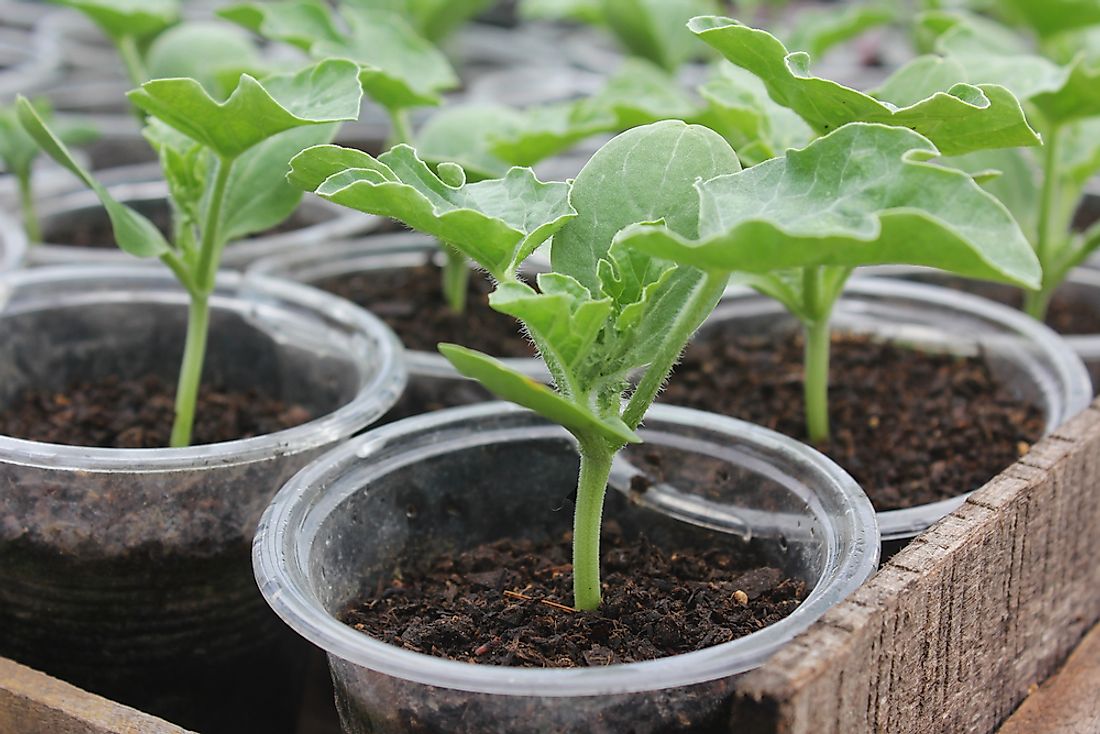What Are The Biggest Industries In The Solomon Islands?

The Solomon Islands is a sovereign state made up of six major and more than 900 smaller islands. It occupies over 11,000 square miles of land in the Melanesia region of Oceania. The Islands are among the earliest to be inhabited in Oceania. The Solomon Islands does not maintain a military force but has a police service of about 500 personnel including a marine border unit.
Economy
The Solomon Islands is a developing nation with a GDP of about $1.3 billion and a per-capita GDP of $600. About 75% of the country’s workforce engages in subsistence agriculture and fishing. Much of the raw materials used in the manufacturing sectors, including petroleum products, are imported. The state was a major exporter of timber until the global prices for tropical timber fell drastically. In recent years, environmental conservationists, including the United Nations Environmental Programme, have decried the over-exploitation of natural forests. The country also exports palm oil and copra. In the late 1990s, minerals including gold were discovered, but ethnic clashes in the early 2000s dented mining prospects.
Currency
The Solomon Islands replaced the Australian Pound with the Solomon Islands dollar in 1977. The local shell money is used for ceremonial purposes and traditional trade in remote regions of the country. Before the 1970s shell money was used in most Pacific Islands alongside the barter trade system.
Energy
The South Pacific Applied Geoscience Commission and the Renewable Energy and Energy Efficiency Partnership have partnered to provide cheap renewable energy such as wind power, solar, and water to the locals. Under the program, citizens unable to pay for the electricity in cash can do so with crops that are then distributed to other parts of the country.
Freight, Shipping, And Logistics
Shipping and logistics are an integral part of the economy of the Solomon Islands. Given the many islands, water transport is the preferred mode. Although there are about 36 airports in the country, only a handful can accommodate large aircraft. The island ships out timber, fish, palm oil, cocoa and copra to the European Union, Thailand, and China while importing food, machinery, manufactured goods, chemicals, and fuel from China, Singapore, and Australia.
Financial Sector
The financial sector is small and underdeveloped due to the small GDP and low fiscal circulation. The three major banks; the National Bank of the Solomon Islands, Westpac, and ANZ, are all foreign-owned or operate as subsidiaries of foreign banks.
Youth Unemployment
The biggest challenge to economic development in the Solomon Islands is unemployment. About 46% of the youth is unemployed and have to contend with poor educational infrastructure and increasing violence. Limited access to technical and technological knowledge has limited the ability of the youth to secure employment on the global market but instead, opt for agriculture-based and traditional jobs. While the jobs offer short term solutions to them, it results in long-term dependency on traditional industries.











